Linen Care
Linen Care
The Essential Guide to Keeping Your Event Tablecloths Pristine
Maintaining the pristine and sophisticated look of your event tablecloths requires diligent linen cleaning. Whether dealing with a sudden wine spill or engaging in routine maintenance, understanding the proper methods for caring for linen is crucial. With the correct linen care instructions, you can extend the life of your linens and preserve their elegance, ensuring they remain a highlight of your events.
Event linens, especially those that come in more upscale fabrics, demand specific attention to maintain their quality. From washing and drying to storage and stain treatment, each step in the care process is vital. This comprehensive guide provides detailed care instructions for linen, helping you keep your tablecloths in top condition for every event.
Why Linen Care is Important
Proper linen care goes beyond simple cleaning; it’s about preserving the fabric's integrity and appearance. Linens such as tablecloths, table runners or dinner napkins can last for years with the right care. Understanding how to clean linen ensures that your investment in these high-quality fabrics pays off in the long run. Here’s how you can achieve that.
Fabric-Specific Linen Care Instructions
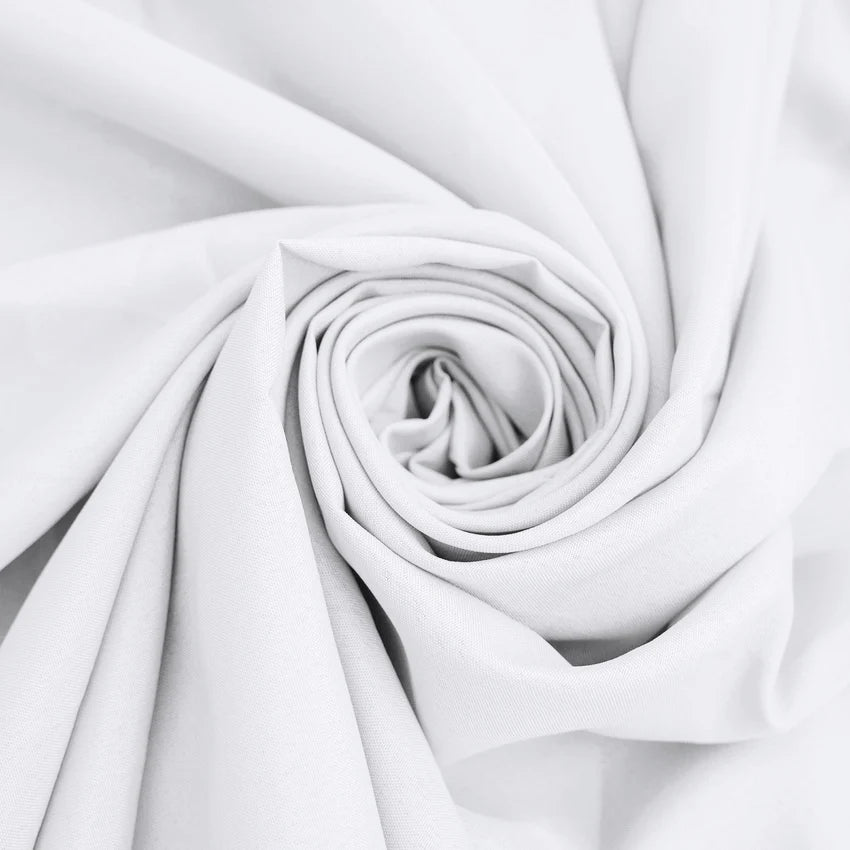
Polyester linens are easy to care for and can be washed in a standard washing machine. Treat any stains before washing, and use cool water along with a mild detergent. These linens are designed to retain their vibrant colors even after multiple washes, making them a reliable choice for events. Bleach is not needed, except for white linens. After washing, tumble dry on low to medium heat, and use a cool down cycle. To prevent wrinkles, remove the linens promptly from the dryer and iron them on a medium setting. This ensures a smooth and polished look for your tablescapes.
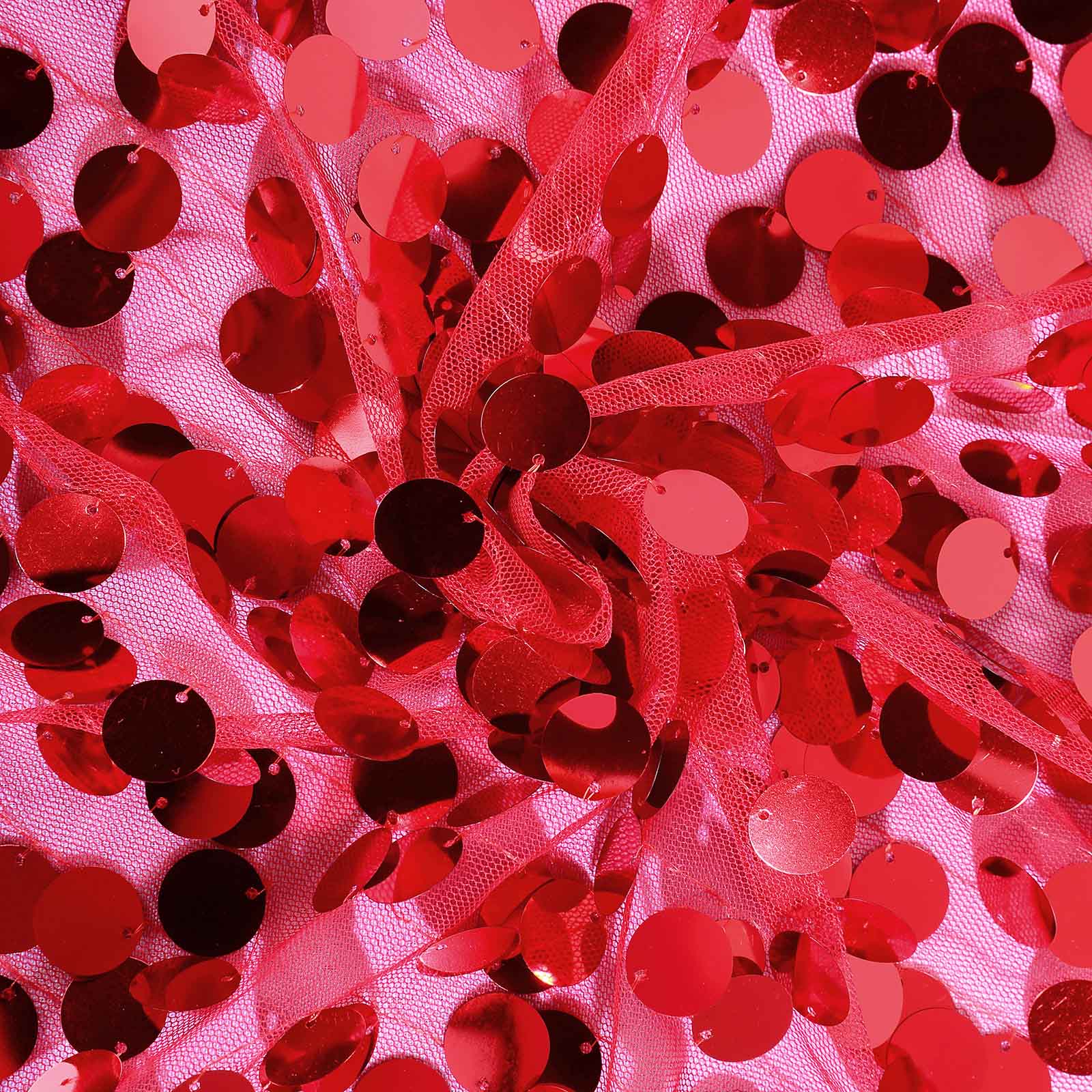
Our mini sequin rounds are hand-sewn onto taffeta backing. Do not machine wash. If stained, clean the back to avoid unraveling. Spot clean gently with a mild detergent, dabbing instead of rubbing. Rinse in cool water. For more thorough cleaning, hand wash in cold water with gentle detergent. Swish the garment lightly, focusing on stains. Lay flat on a towel to dry or hang dry. Steam with medium heat, sequins facing down. For best results, dry clean.
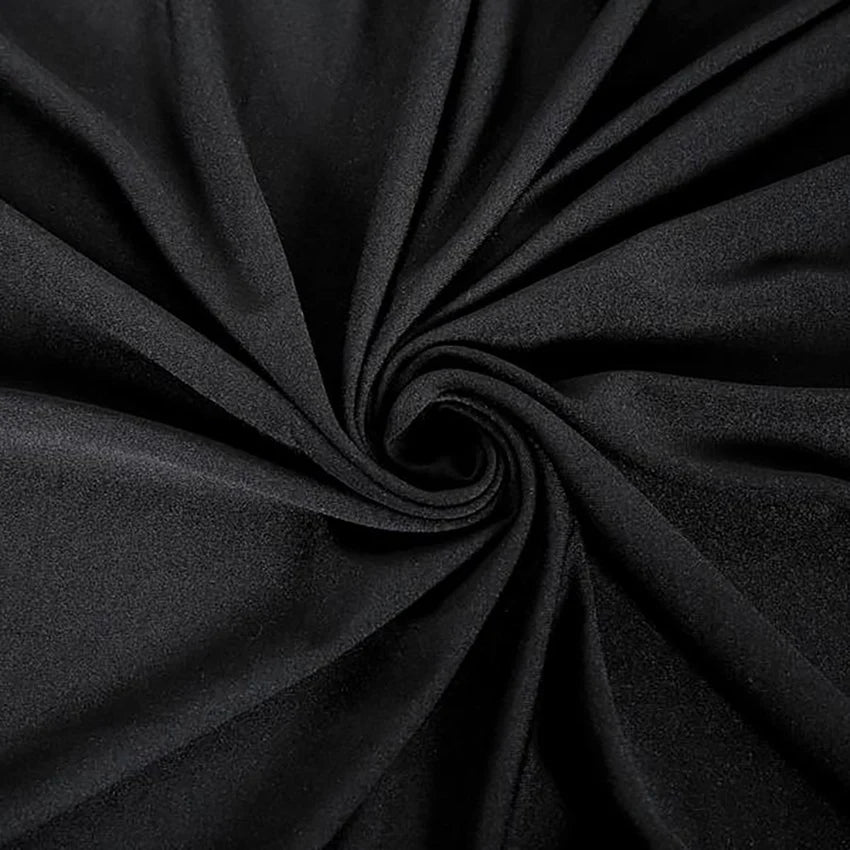
Spandex is a stretchy, shiny material that elegantly fits event tables and chairs for a sleek, modern look. It's machine washable, but inspect for stains first. Pre-soak the cloth in a 1:1 cold water and white vinegar solution for tough spots. Use undiluted vinegar for red sauce or wine stains. Pre-treat coffee or tea stains with liquid laundry detergent for up to 30 minutes. Machine wash in cool water and tumble dry on low heat. Remove promptly once dry. Drip using a low-temperature setting. The fabric's stretchiness prevents wrinkles, so ironing is usually unnecessary, but if needed, iron quickly without lingering.
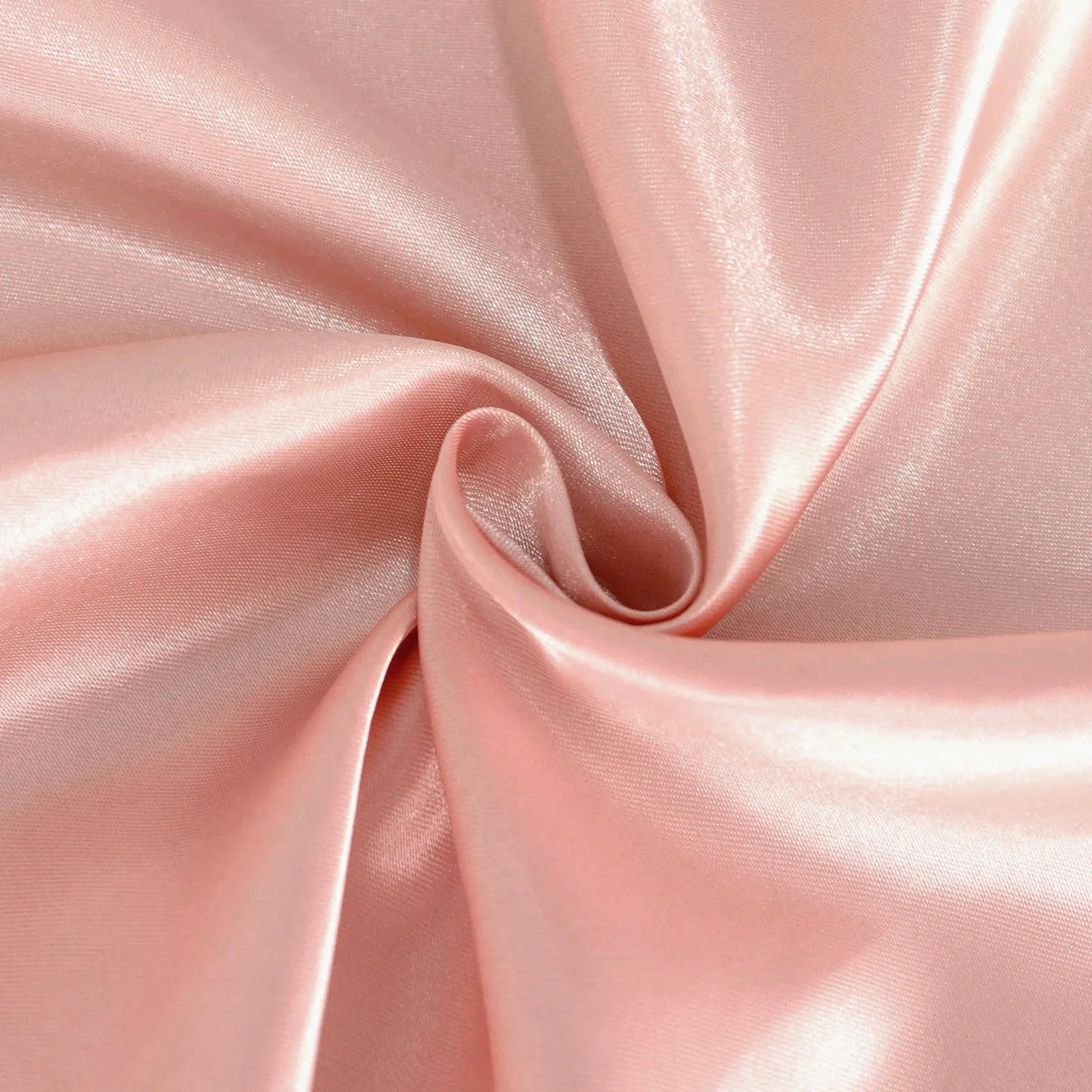
Our satin fabric linens boasts exceptional durability and wrinkle resistance, making it ideal for various uses. This beautiful fabric combines the luxurious look of satin with the practical benefits of polyester, ensuring long-lasting performance. It is conveniently machine-washable in warm water using a delicate setting, and can be tumble-dried on low heat without compromising its quality. If ironing is necessary, a medium to low-temperature setting is recommended to maintain its pristine appearance. This spun polyester satin fabric is perfect for those seeking elegance with ease of care.

Burlap, being a natural material made from 100% jute, naturally has a distinct scent. To eliminate this odor, it's best to air it out for 48 hours outdoors. For surface cleaning, avoid soaking the burlap in water. Instead, use a slightly damp washcloth to gently rub the fabric's surface, flipping the cloth as needed. You can enhance the cleaning process by using a mild detergent or dissolving a small amount of baking soda in warm water before dipping the washcloth. To smooth the fabric, iron it on low heat with a buffer sheet between the iron and the burlap. For optimal results, we recommend having the burlap dry cleaned.

To preserve the integrity of velvet or flocking fabric, it should be either dry cleaned or spot cleaned to avoid agitation. For spot cleaning, use a damp cloth to gently rub the affected area in one direction to prevent damage to the nap. If needed, apply a small drop of delicate laundry detergent. Remove any soap residue by dabbing with a wet cloth, then gently blot the area dry with a clean towel.
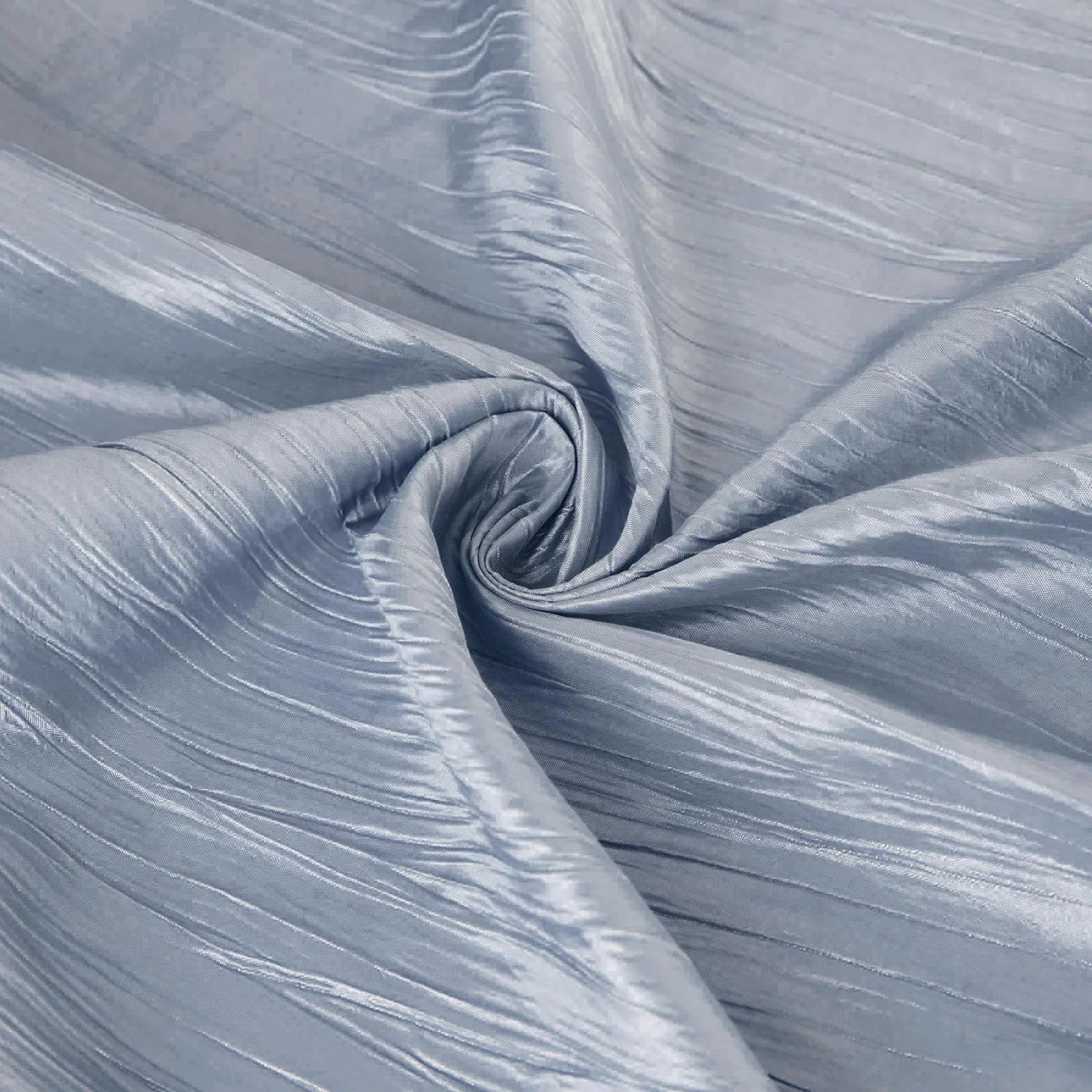
Pintuck taffeta, known for its gathered quilted pattern, should be machine washed on a gentle cycle in cool or warm water, with cold water and normal detergent being most effective. Wash it separately and with like colors, then cool dry and remove immediately to prevent wrinkles; avoid bleach. Leaf petal taffeta, featuring stitched pleats and leaf-like accents, is best hand washed in cold water or machine washed on a delicate cycle, then hung to dry, with dry cleaning yielding the best results. Crinkle taffeta, a shimmery fabric with an intentional crinkle texture, can be machine washed in cool or warm water with like colors and materials. Only whites are bleach safe. Dry on low heat and avoid ironing, using medium heat steaming instead for best results.
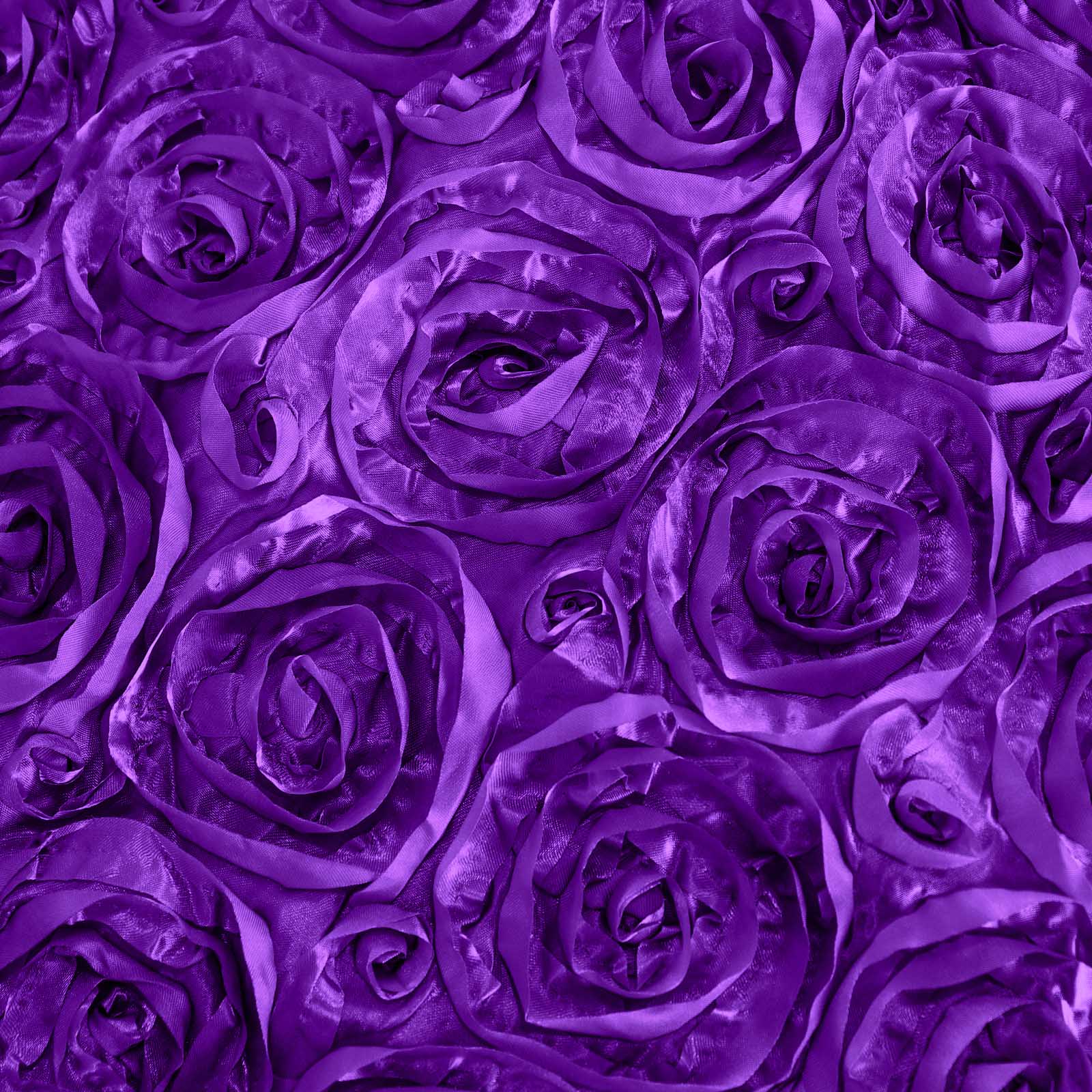
This beautiful fabric showcases mini satin rosettes on a mesh backing. We suggest professional laundering for this delicate material, as dry cleaning solvents are gentle on mesh-backed event linens and preserve the fabric's integrity. For hand cleaning, mix a drop of mild liquid detergent in a cup of water. Use a dampened washcloth with the soapy solution to spot clean as necessary. Lay flat or hang to dry to prevent wrinkles.

Scuba linens feature a smooth, slightly glossy finish, making them a popular choice for fashion apparel. To preserve their stretch and color vibrancy, it's best to machine wash them in cold water on a gentle cycle. Avoid bleach and fabric softeners, as these can damage the fabric. For drying, air drying is recommended, or use a low heat setting if using a machine dryer to minimize wear and tear. With proper care, scuba linens can maintain their sleek and stylish look for a long time.
Linen Storage Tips
Store Safely Until Use:
Keep linens in their original packaging to shield them from dust and damage. The original packaging is designed to protect the fabric from environmental factors and maintain its quality.
Optimal Storage Conditions:
Store linens in a cool, dry, dark place to prevent damage from sunlight and moisture. Prolonged exposure to light and humidity can weaken fibers and cause discoloration.
Use Protective Covers During Transport:
Protect linens from dirt and damage while transporting them. Using protective covers such as original packaging, ensures that your linens arrive at their destination in the best condition, free from stains and tears.
General Linen Care
Bleach Use:
Bleach is safe for white linens but not recommended for colored ones. Avoid mixing dark or bright colors with whites. Using bleach on colored linens can cause fading and damage the fabric's integrity.
Color Care:
Our colored linens are designed to retain their color through multiple uses and washes, provided bleach is not used. Proper care ensures that colors remain vibrant and true to their original shade.
Color Separation:
Wash linens with similar colors to prevent color bleeding, just like you would with regular clothing. This practice prevents dark colors from staining lighter ones.
Avoid Fabric Softeners:
They can leave oily spots and make linens look limp. Fabric softeners can also build up on the fabric, reducing its breathability and absorbency.
Immediate Stain Treatment:
Treat and wash stains promptly to prevent them from setting permanently. Immediate treatment increases the chances of complete stain removal and keeps linens looking fresh.
Drying and Ironing
Avoid High Heat:
Use a low-temperature setting on the dryer to avoid shrinkage. High heat can damage fibers, causing them to shrink and lose their shape.
Drying and Ironing:
Remove linens from the dryer while still warm to reduce wrinkles. Use a low heat setting when ironing if necessary. Fold and store properly after ironing to maintain their crisp appearance.
